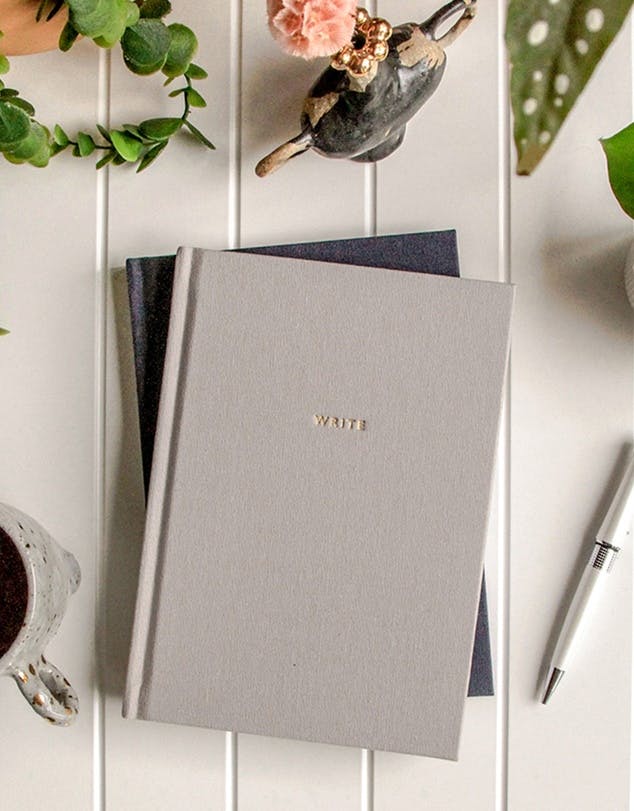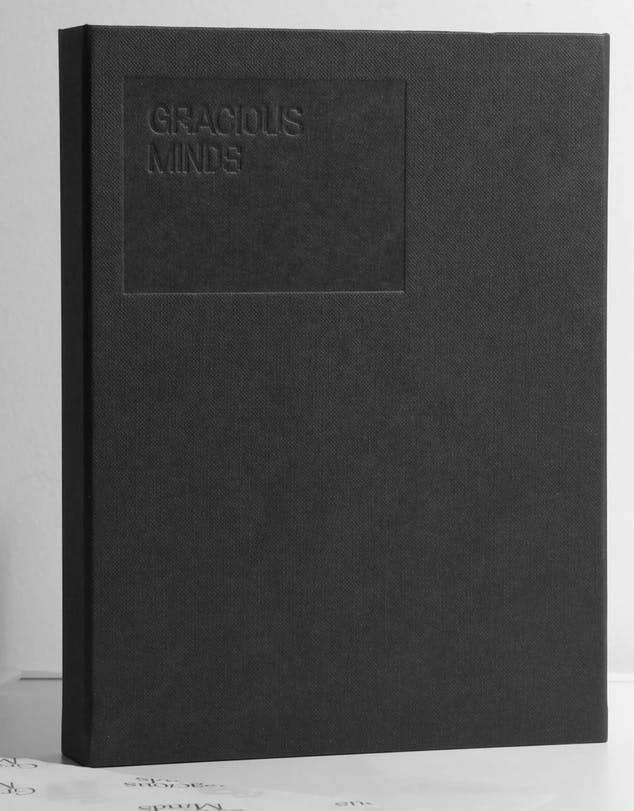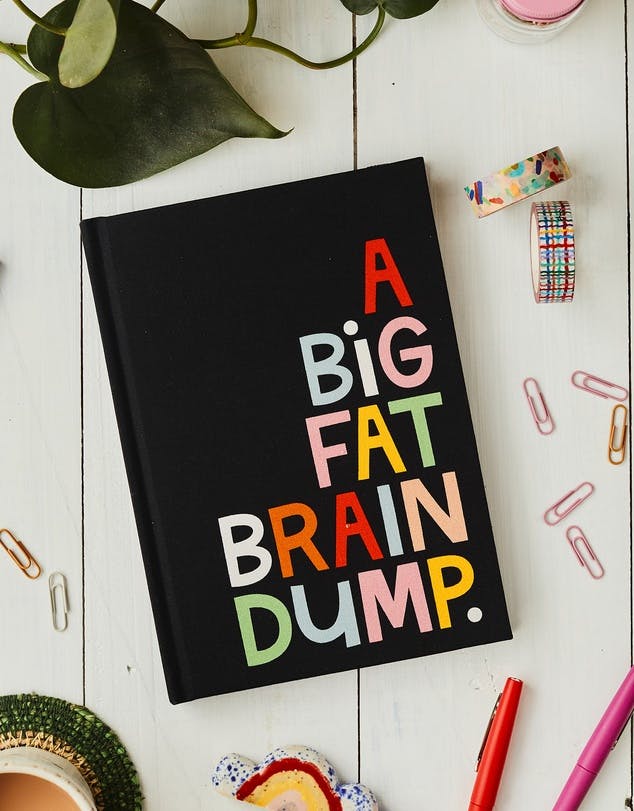How To Start Doing Writing Therapy For The Good Of Your Mental Health
When you think of journaling, you probably think of your tween years when you had one of those locked diaries stashed under your bed. You’d unlock it in the privacy of your room when you went up to bed to detail everything (and we mean everything) and what happened that day, share your deepest darkest secret or even just doodle hearts around your crush’s name. Whether you were an avid journaler or just an occasional dabbler, keeping a journal is something most of us associate with that time of our lives—but what if we told you it’s high time to dig out that tiny gold key, because journaling is cool again thanks to its mental health benefits?
Journaling, better known as writing therapy, is a way to manage worry and stress, and can even help with day-to-day problem solving. Writing therapy is pretty much what it sounds like—a form of therapy that involves writing to achieve therapeutic benefits. It can be done on your own volition, but is often also an add on to structured therapy and prescribed by your psychologist or counsellor.
Before you go racing off to write an essay on how your office crush smiled at you today though, there is a bit of a difference between regular journaling and writing therapy. With regular journaling, it’s mostly just up to you what you write about, while for writing therapy, you might use prompts or give your writing structure in order to keep it more direct and relevant to the symptoms or concerns that you’re trying to address with your psychologist.
We asked Lysn psychologist Veronica West what the benefits of doing writing therapy or structured journaling are—and how you can start using it to help with your mental health. “Studies have shown that writing therapy alone can have a significant impact in reducing anxious symptoms, improving mood, increasing feelings of overall wellbeing, and it’s even been shown to have positive effects on physical health, such as a beneficial effect on blood pressure. Another one of the key benefits of journaling is the ability to see things from different perspectives, to step away from the emotion and overwhelm that can come with worry based or unhelpful thoughts. It can help a person to start to think more logically and rationally in relation to experiences,” says West.
Sounds like just what you need? Here’s West’s key tips to start writing therapy for yourself.
Step 1: Decide On Your Format
There’s no right or wrong way here. If you’re a paper and pen person, then by all means get yourself a nice journal or notebook to use, but if you don’t even own a pen, you can just start with a document on your computer, or even the notes section on your phone. If you need guides, prompts and notifications reminding you to engage in your journaling then West can recommend downloading a dedicated app on your phone (there are plenty of good free ones out there).
Step 2: Set Yourself Some Goals
What do you want to achieve with your writing therapy? Is it to decrease worry and stress, or to tackle some communication issues you’re having with your partner? Or maybe you want to identify your values, or start paying attention to the good in each day (think gratitude journal style). Basically, identify your why so you know what your prompts should be.
Step 3: It’s Time To Get Into It
If the goal is to address worry or to manage unhelpful or negative thoughts, West recommends following a journal structure referred to as an ABCDE or thought diary (you can scope out plenty of examples or guides online). This will prompt you to identify situations in your day that trigger negative feelings and emotions. From there it will ask you to reflect on any negative thoughts or beliefs that came up, and to practice ‘balancing’ your thoughts by for example looking at the evidence for and against the thought.
If instead you want to identify positives in yourself and the day, something as simple as writing down in detail three events or situations that made you feel good about yourself or the world that happened in your day can be a great start. Or, if you’re trying to identify goals and values, you could write a letter from yourself to yourself 10, 20 or 30 years from now, noting down your achievements, what you are proud of and what kind of people and relationships exists around you at that chosen time in your life.
Finally, West says to make sure to enjoy it as well. If it feels a chore and is more stressful than it is helpful, don’t be afraid to shake it up or to reach out for some more help to get you started.
For the pen and paper lovers out there (we get it), here’s some luxe journals you’ll want to start writing in immediately.
Write To Me Write Journal
Price: $32.95

With 100 lined pages and 44 blank, you can get stuck into your writing therapy, but also occasionally go back drawing love hearts around your crush’s name. Buy it here.
Gracious Minds Water Resistant Blank Journal
Price: $37.95

Water resistant cover AND pages, in case you like to do your journaling in the bath—or tend to get weepy. Buy it here.
Write To Me Brain Dump WTM x Rachel Castle Journal
Price: $39.95

Write down your thoughts stream of consciousness style in this colourful journal. Buy it here.
Veronica West is a psychologist at Lysn. Lysn is a digital mental health company with world class wellbeing technology which helps people find their best-fit professional psychologist whilst being able to access online tools to improve their mental health.
Image credit: Urban List archives
Editor's note: Urban List editors independently select and write about stuff we love and think you'll like too. Urban List has affiliate partnerships, so we get revenue from your purchases.
